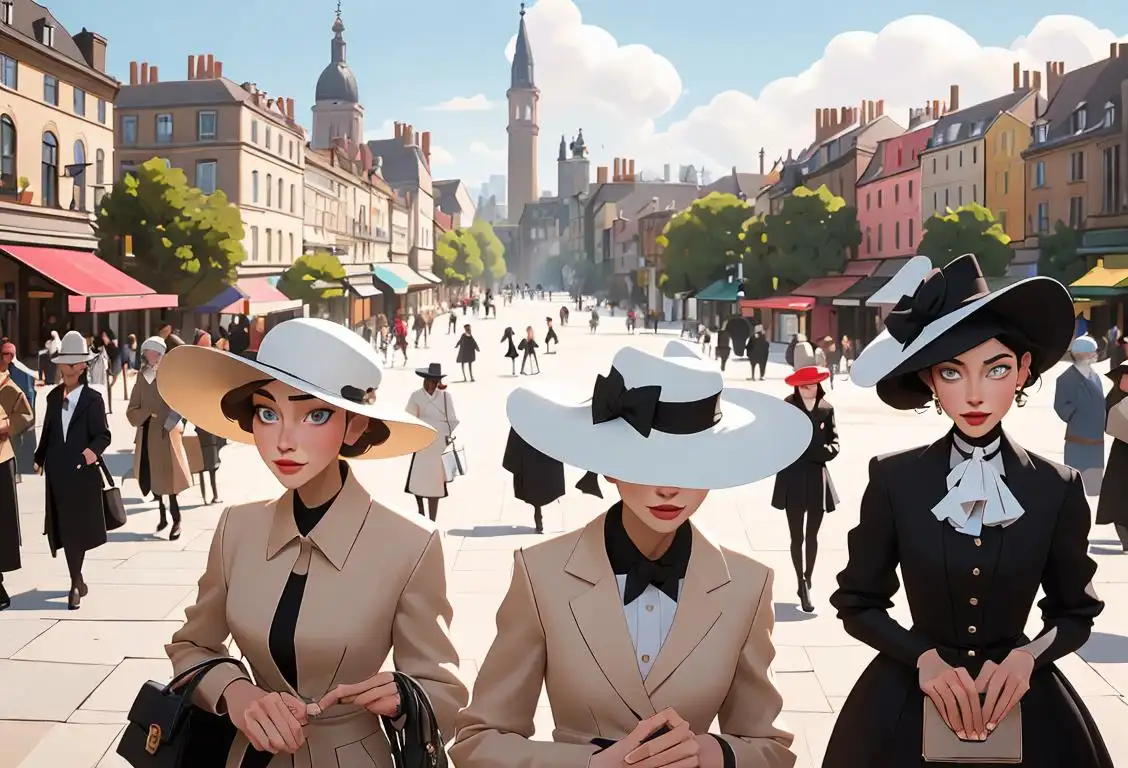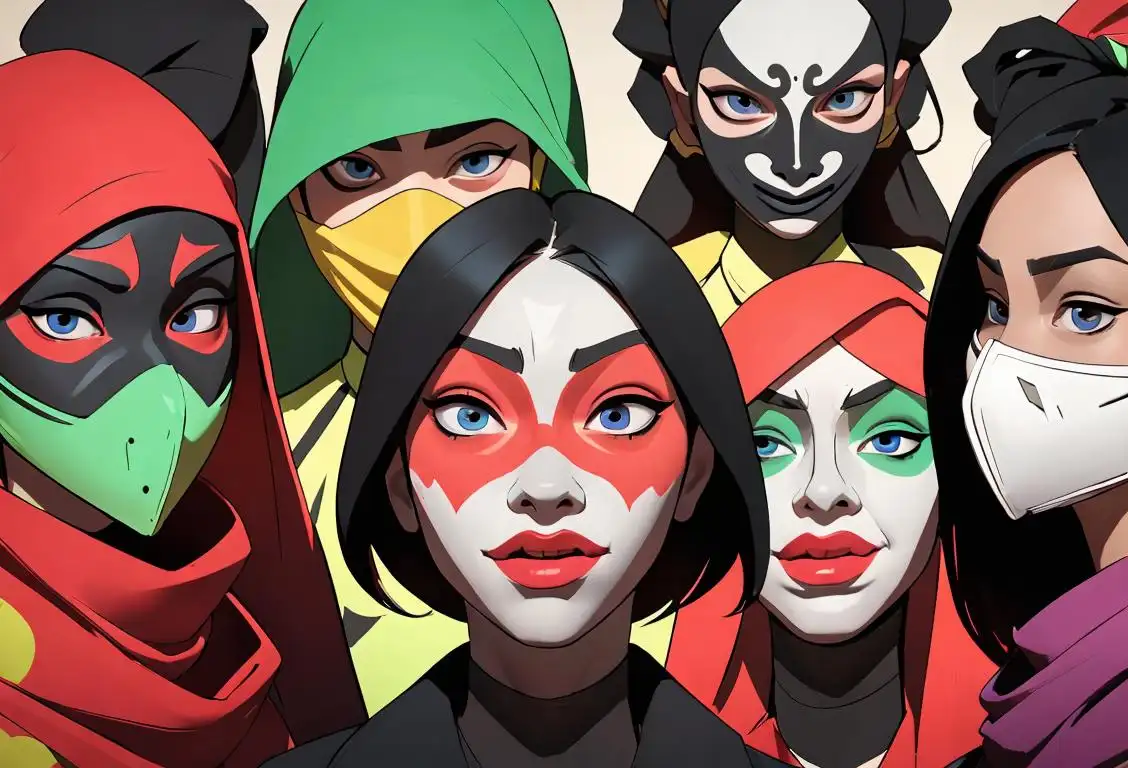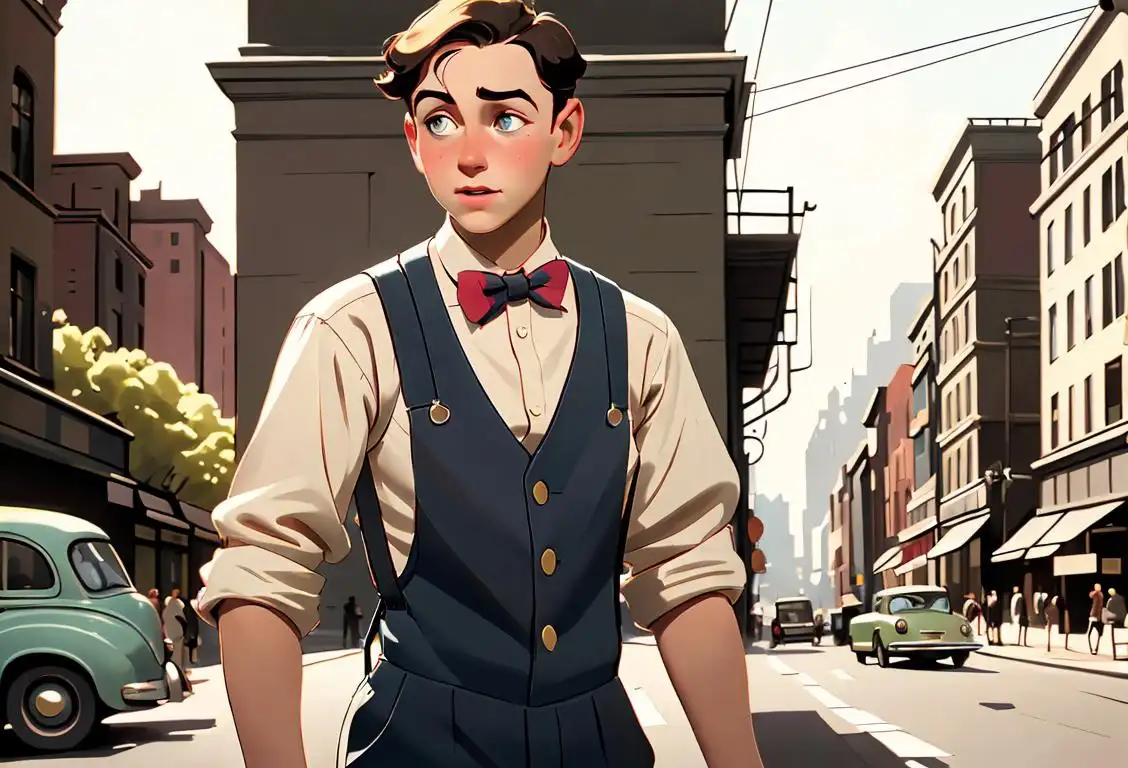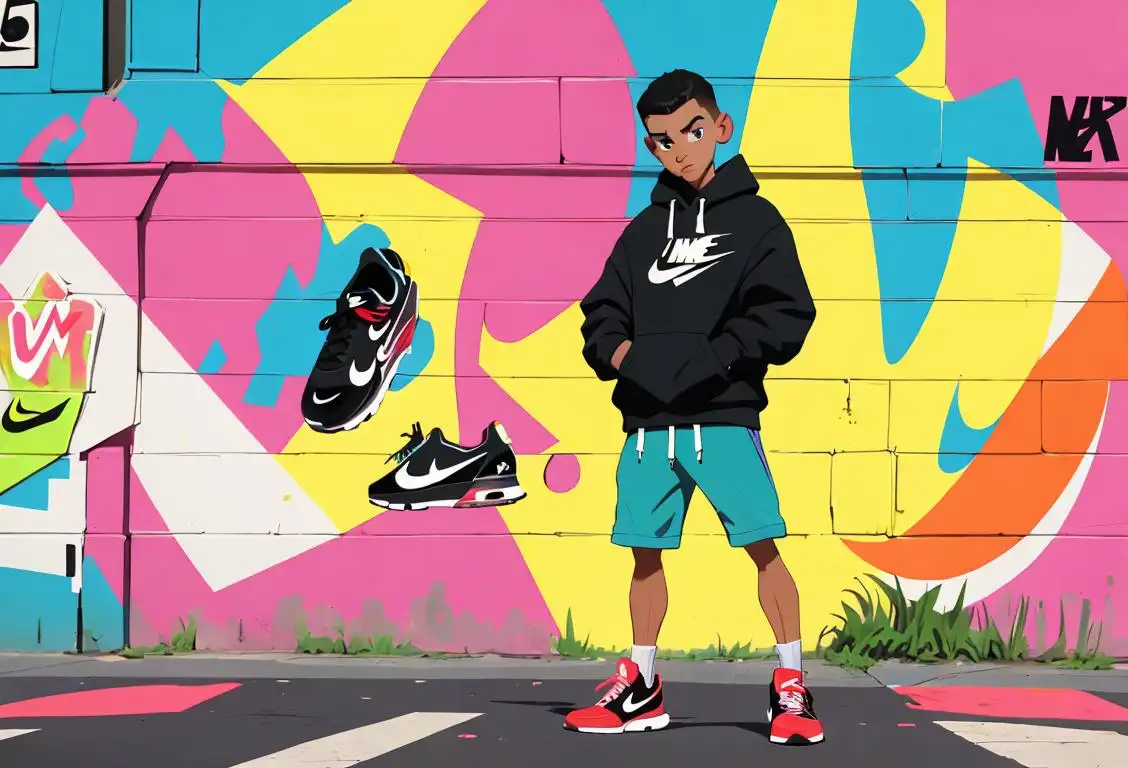National Wear A Hat Day

Grab your favorite hat and get ready to strut your stuff, because it's National Wear a Hat Day! This delightful holiday celebrates the amazing accessory that can instantly elevate any outfit, add a touch of personality, and protect our heads from the elements. Whether you're a fan of wide-brimmed hats, cozy beanies, or stylish fedoras, this is the day to showcase your headwear with pride. So, get ready to tip your hat to this fun-filled day!
When is Wear A Hat Day?
It's national wear a hat day on the 27th March.
The History of National Wear a Hat Day
While the origins of National Wear a Hat Day may still remain a mystery, we can all agree that it's a fantastic excuse to wear your favorite hat and embrace your inner fashionista. Hats have been a part of human culture for centuries, evolving from purely functional items to stylish accessories. From the top hats favored by Victorian gentlemen to the iconic bowler hats of the early 20th century, headwear has always made a statement.
In the realm of the internet, National Wear a Hat Day gained popularity as people started sharing their hat selfies and fashion inspiration on social media. This ultimately led to the creation of the holiday's official website, where hat enthusiasts from all around the world can come together to celebrate their love for hats.
How to Celebrate
Celebrating National Wear a Hat Day is as easy as donning your favorite hat and stepping out into the world with confidence. Here are a few fun ideas to make the most of this fabulous day:
- Host a hat fashion show with your loved ones and have a blast showcasing your coolest and most outrageous hats.
- Organize a hat-themed picnic or tea party, complete with cucumber sandwiches and fancy hats.
- Join a local hat parade or attend a hat-themed event in your community.
- Make a statement by wearing a hat that supports a cause or raises awareness for a particular issue.
- Challenge your friends to a hat-themed sports competition. Let's see who can keep their hat on while scoring a goal!
No matter how you choose to celebrate, just remember to have fun, embrace your unique style, and share your hat-tastic moments on social media using the hashtag #NationalWearAHatDay.
History behind the term 'Wear A Hat'
1500s
Humble Beginnings
In the 1500s, wearing a hat was primarily seen as a practical necessity. Hats were worn to protect oneself from the elements, including the scorching heat of the sun and the chilling cold of winter. They also provided protection from rain, wind, and dust while traveling. Hats were often handmade and made from materials like wool, straw, or felt.
1700s
Emergence of Hat Fashion
During the 1700s, hats were an essential part of fashion for both men and women. Wearing a hat was not only a stylish statement but also a way to protect oneself from the elements. Hats of various shapes, sizes, and materials, including top hats, bonnets, and straw hats, became popular accessories.
17th Century
Fashion Statements
By the 17th century, wearing a hat had become a fashion statement and a symbol of social status. Different styles of hats emerged, each associated with specific professions or social groups. For example, the top hat was popular among the upper classes, while the tricorn hat was favored by military officers. Hats were often adorned with feathers, ribbons, or other decorative elements to further showcase the wearer's style and wealth.
1800s
Symbol of Social Status
In the 1800s, wearing a hat became a symbol of social status and etiquette. Men typically wore hats in public as a sign of respect and to indicate their position in society. The type of hat one wore often indicated their profession or rank. For women, hats were also an important fashion accessory and were often adorned with feathers, ribbons, and elaborate decorations.
19th Century
Etiquette and Elegance
During the 19th century, hat-wearing etiquette reached its peak. Wearing the appropriate hat for various social occasions became a crucial aspect of social etiquette, especially for women. Women's hats were elaborate and often featured intricate designs, embellishments, and veils. The size and style of the hat were carefully selected to match the occasion, time of day, and outfit. It was considered impolite for a woman to be seen without a hat in public.
1920s
The Roaring Twenties and Cloche Hats
In the 1920s, the cloche hat became wildly popular. This close-fitting hat with a bell-shaped brim was worn low on the forehead, reflecting the fashion trends of the time. The Roaring Twenties saw a shift in women's fashion, with shorter hairstyles and more streamlined clothing, and the cloche hat perfectly complemented this modern look.
World War II Era
Utility and Practicality
During World War II, hats served a practical purpose in addition to their fashion statement. Women working in factories and men in the armed forces often wore hats as a safety measure to protect their hair from machinery or to shield their heads from the sun. The utility and functionality of hats became crucial during this time.
20th Century
Decline and Revival
The 20th century brought a decline in the popularity of hats, mainly due to changes in fashion trends and evolving social norms. As casual attire became more acceptable, hats were no longer considered essential components of everyday attire. However, hats experienced a revival in the 1960s as part of the counterculture movement. Hippies and bohemians embraced wide-brimmed hats and floppy hats as symbols of their nonconformist lifestyle.
Present Day
Fashion and Functionality
In the present day, wearing a hat serves both fashion and functional purposes. Hats have become fashion accessories that allow individuals to express their personal style and enhance their overall look. Additionally, hats continue to play a role in protecting against the sun's harmful rays, providing warmth in colder climates, and serving specific occupational requirements, such as in the case of safety helmets for construction workers.
Present Day
Fashion and Personal Style
In the present day, wearing a hat has become more of a fashion choice and personal style statement. While hats are still worn for practical purposes like sun protection or warmth, they are also worn to express individuality and enhance an outfit. From trendy baseball caps to classic fedoras, the variety of hat styles allows people to showcase their uniqueness and fashion sense.
Did you know?
Did you know that the record for the tallest hat ever worn goes to Edward Feathers, who sported a towering hat measuring 15 feet and 9 inches? Now that's what we call taking your headwear to new heights!Tagged
celebration fashion accessoryFirst identified
27th March 2015Most mentioned on
27th March 2020Total mentions
96Other days
Wear A Hat Day
Mask Day
Handbag Day
Suspenders Day
Outfits Day
Bandana Day
Eyewear Day
Air Max Day
Scarf Day
Big Wig Day








